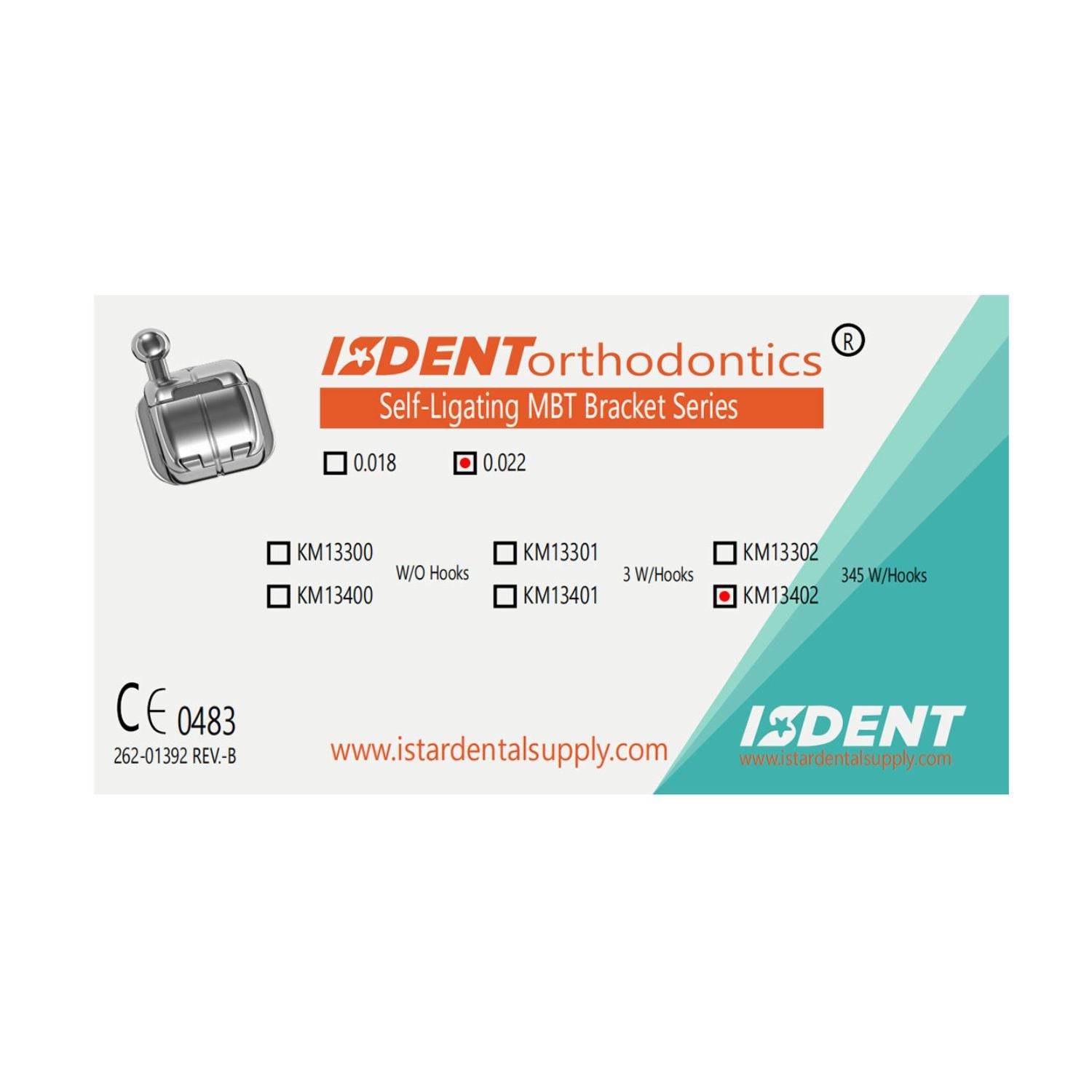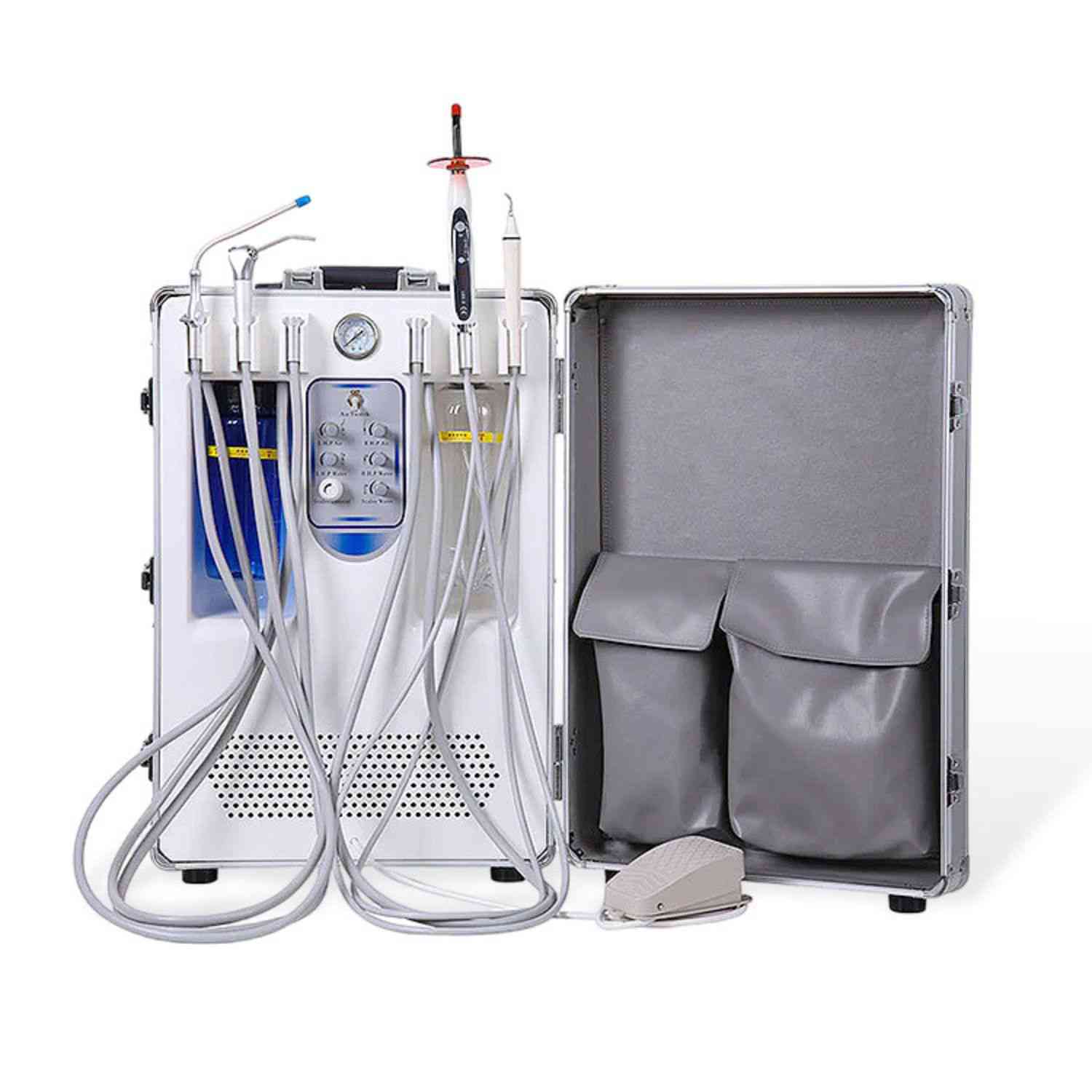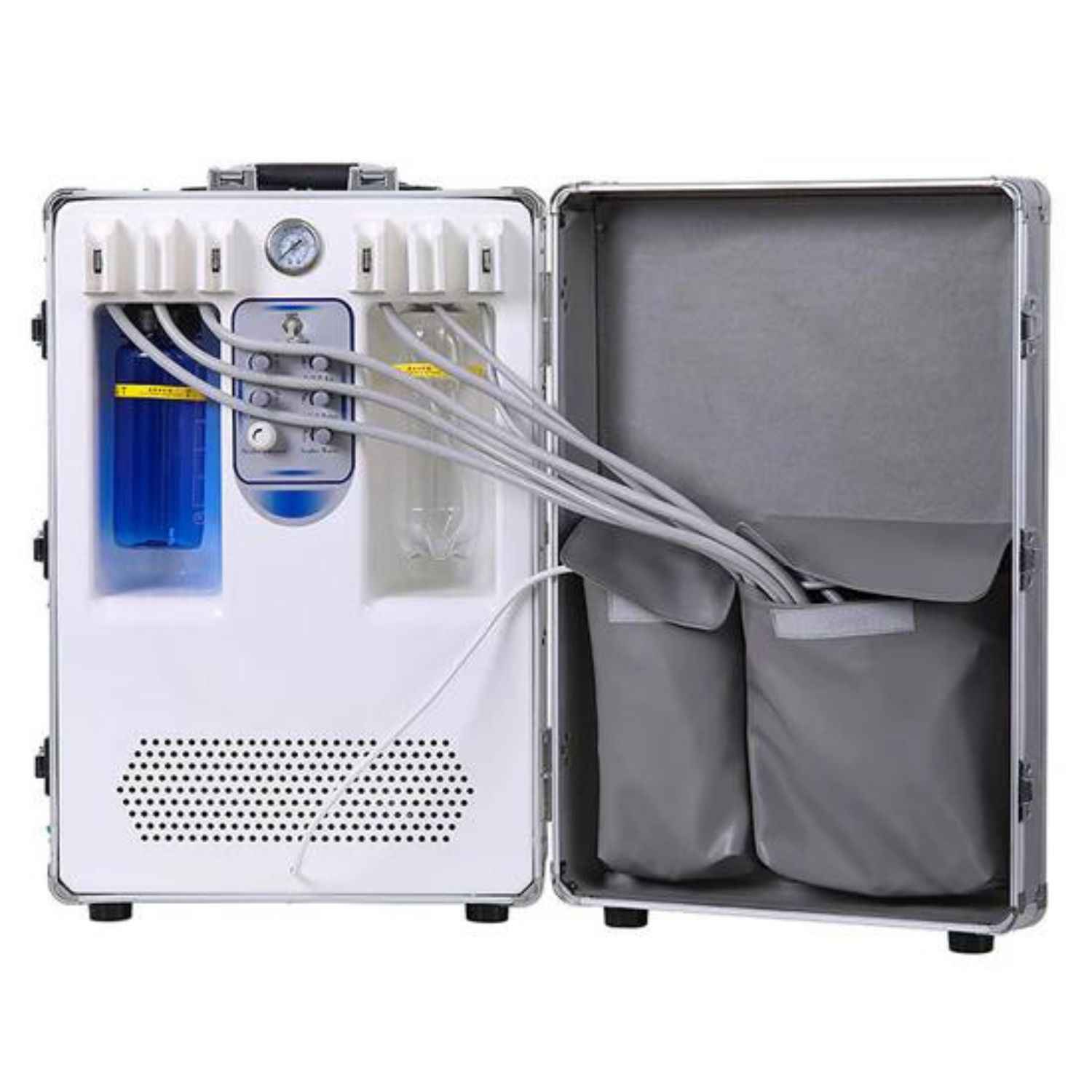How Many Patients Should a Dental Practice See Per Day for a Great Patient Experience?
When I first started my own dental practice, I had a simple goal: help as many people as I could. I thought that meant filling every single slot in my appointment book. I quickly learned that the question isn't just "how many patients can a dentist see in a day?" The real question is how many patients you can see while giving every single one the best care possible. It's a tricky balance between running a healthy business and being a great healthcare provider.
This article is for you if you're a dentist trying to find that perfect number. It's also for you if you're a patient, wondering what goes on behind the scenes at your dental office. We're going to pull back the curtain and look at the numbers. You'll learn what a typical day looks like, how different factors change the daily patient count, and why the most important number isn't the number of patients you see, but the number of happy, healthy smiles you create.
What's the Average Number of Patients a Dentist Sees Per Day?
Let’s get right to it. There is no single magic number. I've talked to dentists who feel rushed seeing 10 patients a day, and I know others who comfortably see 25 or more. Generally, a solo dentist in a general practice might see between 8 and 15 patients themselves. This doesn't count the patients who are only there for hygiene. When you add the hygienist's schedule, a small dental office might see 20 to 30 total patients daily.
So, why the big range? Well, several factors come into play. A brand-new practice may have a lighter schedule, focusing on providing amazing service to build a good reputation. A well-known dental practice in a busy city might have a packed schedule from morning to night. The key is that the daily patient flow should feel manageable, not chaotic. The goal is to have enough time with each person to discuss their oral health and answer all their questions without constantly looking at the clock.
The number of patients a practice can handle is a core part of its business model. Some practices are built for high volume, with many chairs and a large staff. Others are small, boutique offices that focus on longer, more complex procedures. I've learned that the average patient doesn't care how many other people you see. They only care about the attention and care they receive during their own appointment. That is what builds a loyal following.
How Does a Dental Hygienist Affect the Daily Patient Count?
I often say that a great dental hygienist is the engine of a successful practice. They are absolutely essential to managing the daily schedule and allowing the office to help more people. Think about it this way: the hygienist handles the routine, but very important, tasks. They perform professional cleanings, take X-rays, and screen for issues like gum disease. A huge part of their job is patient education, teaching people how to care for their teeth at home.
When my hygienist is seeing patients for their regular check-ups, it frees me up. I can focus on more complex work. For example, while my hygienist is performing a cleaning in one room, I can be doing a filling or an extraction in another. Then, I can pop into the hygiene room for a few minutes to do the final exam and say hello. This teamwork is what allows a dental office to increase its capacity. We can effectively be in two places at once.
This system allows us to serve more of our community. The patients per provider goes up, but the time the dentist spends per patient for an exam stays about the same. It's a smart way to work. It ensures that everyone gets the time they need for their specific treatment. The hygienist handles preventive care, and the dentist handles restorative and diagnostic work. This partnership is the foundation of an efficient and effective dental team.
Does the Type of Dental Practice Change How Many Patients are Seen?
Yes, absolutely. The type of dentistry being practiced has a huge impact on how many patients should a dental practice schedule. A general dentist has a very different day than an orthodontist or a pediatric specialist. They perform different procedures with very different time needs.
I've put together a simple table to show you what I mean. You can see how the daily number of patients can change a lot depending on the office's focus. An orthodontist seeing patients for a quick adjustment to their braces can see many more people than a general dentist who is preparing a tooth for a crown or placing dental implants. A pediatric dental office might see a lot of kids, but each appointment might be shorter to match a child's attention span.
|
Practice Type |
Average Patients (Per Doctor) |
Common Procedures |
Average Appointment Length |
|
General Dental Practice |
8 - 15 |
Cleanings, Fillings, Crowns, Root Canals |
45 - 90 minutes |
|
Orthodontics |
30 - 60+ |
Brace adjustments, retainer checks, consults |
15 - 30 minutes |
|
Pediatric Dental |
15 - 25 |
Cleanings, sealants, small fillings |
30 - 45 minutes |
|
Oral Surgeon |
10 - 20 |
Extractions, Dental Implants |
30 - 60 minutes |
As you can see, an orthodontist may see a very high number of patients. Their work involves many quick, follow-up visits to check on progress and make small changes to keep teeth in place. This is a different model from a general practice, where a procedure like placing a dental implant for missing teeth can take over an hour.
How Long Should a Dental Appointment Be for Quality Patient Care?
The length of a dental appointment is a critical part of providing great patient care. Rushing people in and out is a recipe for mistakes and unhappy patients. The right appointment duration allows you to do your job properly and build a relationship with the person in your chair. There should be enough time for the procedure, for asking and answering questions, and for explaining the next steps.
For a routine check-up and cleaning for an existing patient, 60 minutes is a good standard. This gives the hygienist time for a thorough cleaning and X-rays. It also gives the dentist time for a proper exam without feeling rushed. A more complex procedure, like a crown, might need 90 minutes or more. The goal is to provide quality of care without compromising your standards. Good dental care cannot be rushed.
I always tell my staff to schedule with a little buffer time. If a filling normally takes 45 minutes, we schedule it for 60. This extra time is a safety net. It can be used if the procedure is a little more complex than expected, or if the patient has a lot of questions about their treatment plans. This approach reduces stress for both the staff and the patient, and it leads to a much better patient experience.
Are New Patients Scheduled Differently Than Your Active Patient Base?
Yes, and this is a rule I never break in my practice. The first visit for new patients is one of the most important appointments we have. This is our chance to make a great first impression. It is where we build the foundation of a long-term relationship. Because of this, a new patient appointment should always be longer than a regular visit for an active patient.
For a new dental patient, we schedule about 90 minutes. This gives us time for a lot of things. We need to review their health history, take a full set of X-rays, and do a very detailed exam of their teeth and gums. This includes checking for signs of periodontal disease. Most importantly, it gives me time to sit and talk with them. I want to know about their past dental experiences, their fears, and their goals for their smile.
This is very different from an appointment with someone from our existing patient base. For these patients, we already have their records. We know their history. Their visits are focused on maintenance and addressing any new issues. The number of new patients a practice gets is a sign of growth, but how you treat them on that first visit determines if they will stay with you for years to come.
How Do Procedures like a Filling or Orthodontics Impact the Schedule?
The daily schedule in a dental office is like a puzzle. You have to fit pieces of different sizes together perfectly. A quick 15-minute post-op check is a small piece. A 90-minute crown prep is a very large piece. The mix of procedures you have on any given day determines the total patients per day you can see.
A day filled with complex procedures like crowns, bridges, or placing a dental implant will have fewer total appointments. These are high-value procedures that require a lot of focus and time. On the other hand, a day with many simple procedures like a small filling or a final check on a healing extraction site will have a higher number of total patients. These visits are shorter and less demanding.
This is also true for specialties like orthodontics. As we saw earlier, an orthodontist’s day is often full of many short appointments. This is a high-volume model that works because the procedures are quick and routine. In my general practice, I try to have a good mix. I might schedule a long appointment in the morning and fill the afternoon with shorter visits. This balance helps keep the day running smoothly and prevents burnout.
Can a Dental Office See Too Many Patients?
This is a big question, and my answer is a strong "yes." Seeing too many patients can hurt a practice more than it helps. When a dental team is overworked and rushed, mistakes can happen. The quality of work can drop. But just as importantly, the human connection gets lost. Patients can feel like they are on a conveyor belt, and that is a terrible feeling.
When a practice sees too many patients, patient satisfaction is often the first thing to suffer. People notice when you are not fully present. They can tell when you are rushed and stressed. This leads to poor reviews and a loss of trust. The staff also feels the pressure. Burnout is a real problem in the dental field, and a constantly overbooked schedule is a main cause. The goal is to be busy and productive, not chaotic and overwhelmed.
In my opinion, the moment you can no longer greet your patients by name or ask about their family is the moment you might be seeing too many. The "right" number of patients a day is the number that allows for high-quality work and real human connection. A successful dental practice is not just about numbers; it is about the quality care that patients receive. A practice may find that seeing fewer patients, but providing them with an amazing experience, is a much better path to long-term success.
What Practice Management Tips Help Manage Higher Patient Numbers?
If your goal is to see a higher patient volume, you must be incredibly organized. You cannot do it without excellent systems in place. Strong practice management is not just a good idea; it is a necessity. It is the framework that holds a busy practice together and keeps it from falling into chaos.
First, you need great software. Modern dental software can help you schedule appointments efficiently, manage patient records, and automate reminders. This cuts down on no-shows and keeps the day flowing. Second, your team needs to be well-trained. Everyone should know their role perfectly. The front desk team should be experts at managing the schedule, and the clinical assistants should be able to prepare for the next patient quickly and efficiently.
I also believe in "block scheduling." This means we set aside certain times of the day for certain types of procedures. For example, we might reserve mornings for major work like crowns and implants, and use the afternoons for fillings and check-ups. This creates a predictable rhythm to the day. It allows us to manage our time and energy better, ensuring we can handle a busy schedule without sacrificing the quality of our dental work.
How Many Patients Per Month Does a Successful Dental Practice Need?
To run a business, you have to know your numbers. Looking at the daily count is good, but looking at patients per month gives you a better picture of the health of your practice. A solo dentist typically needs an active patient base of around 1500 patients to have a healthy and successful dental practice. This number assumes that most of these patients come for regular dental visits, usually twice a year for their hygiene appointment.
Let’s do some quick math. If you see an average of 15 patients per day, and you work about 20 days a month, that equals 300 patient visits per month. Of course, not every visit is from a unique person. Some people may need to come back multiple times for a single treatment plan. But this gives you a rough idea of the volume needed to keep a practice running well.
The goal is to have a steady flow of both new and existing patients. You need new people coming in to grow, and you need your current patients to keep coming back for their routine care. A healthy mix ensures the schedule stays full and the business remains profitable. This allows you to invest in new technology and training to provide even better dental services to your community.
What's the Real Goal: More Patients or Better Patient Care?
After all these years, I can tell you the answer with confidence. The real goal is always better patient care. The number of patients you see in a day is just a metric. It does not define your success. Your true success is measured by the health of your patients’ smiles and the trust they place in you. A focus on providing the best possible oral care will always be the best business strategy.
When you provide excellent care, good things happen. Your patients will be healthier and happier. They will trust you with their oral health needs, from simple cleanings to complex procedures. Happy patients are your best marketing tool. They will leave you great reviews. They will give you a referral to their friends and family. This is how you build a strong, stable practice for the long term.
So, instead of chasing a specific number of patients, I encourage my fellow dentists to chase excellence. Focus on clear communication. Invest in your skills and technology. Create a warm and welcoming environment in your office. If you do these things, the right number of patients will find their way to your door. You will build a practice you can be proud of, one healthy smile at a time.
Frequently Asked Questions (FAQ)
Q1: How many patients does an orthodontist see in a day? An orthodontist often sees a high number of patients, sometimes 30 to 60 or more per day. This is because many of their appointments are very quick, like checking on braces or making small adjustments. Their business model is built around these short, frequent visits.
Q2: Why does a new patient appointment take longer? A new patient appointment takes longer because the dental team needs to gather a lot of information. This includes a full medical and dental history, a complete set of X-rays, and a very thorough exam of the patient's teeth, gums, and entire oral cavity. It is also an important time for the dentist and patient to get to know each other and build trust.
Q3: Is a dental practice that sees a lot of patients bad? Not necessarily. A high volume of patients is not automatically a sign of poor care. Some large, efficient practices are very good at managing a busy schedule while still providing excellent care. The key is to look for signs of quality: Does the staff seem happy and calm? Does the dentist take time to answer your questions? Do you feel heard and respected? A well-run, busy office can be a great place to receive dental care.
Things to Remember
-
There is no single "right" number of patients for a dentist to see; it ranges from 8 to 25+ per day.
-
The type of practice matters a lot. An orthodontist will see many more patients than a general dentist.
-
A great dental hygienist is key to helping a dental office see more patients efficiently.
-
New patient appointments should always be longer to allow for a thorough exam and relationship building.
-
The ultimate goal should always be providing the highest quality of care, not just seeing the highest number of patients. Patient satisfaction and trust are the true measures of a successful practice.









